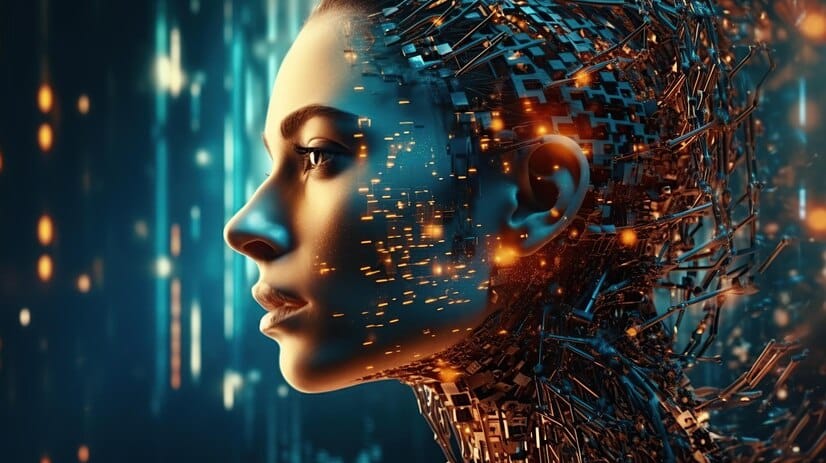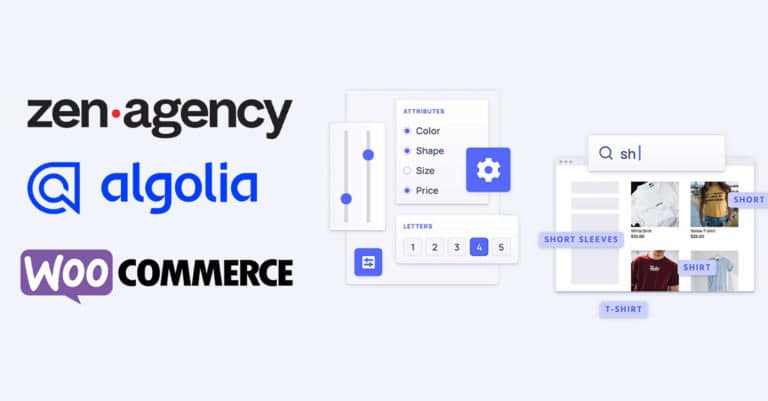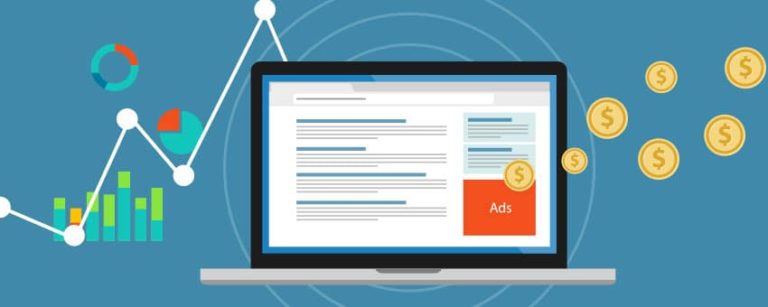How AI Revolutionized the World of Design: The Rise of AI for Designers
Introduction
Welcome to the future, where AI design is not just a buzzword but a transformative force in the creative industry. If you’re a designer, you’ve probably heard the terms AI for designers, AI designer, and AI graphic design. But what do these terms mean, and how are they shaping the world of design? In this blog post, we’ll delve into the origins of AI in the design industry, explore its features, and discuss why it can’t replace human creativity. So, let’s get started!
The Dawn of AI in Design
A Brief History
The concept of using AI in design isn’t as new as you might think. The roots can be traced back to the late 20th century when computer-aided design (CAD) started becoming popular. However, it was only in the last decade that AI began to significantly influence design practices.
The CAD Revolution: The Catalyst for AI in the Design Industry

What Was the CAD Revolution?
Computer-Aided Design (CAD) is the use of computer software to assist in the creation, modification, analysis, or optimization of a design. It replaced traditional drafting with automated processes, making design more efficient and precise.
The 1990s: A Turning Point
The 1990s were a transformative period for CAD. What started as a tool primarily for engineers and architects became more accessible and versatile, finding applications in various design disciplines, including graphic design, product design, and even fashion design.
Why Did They Start Using AI for Design?
The Limitations of Traditional CAD
While CAD was revolutionary, it had its limitations. It could automate tasks but couldn’t make intelligent decisions. For example, CAD could help an architect draw a building layout but couldn’t suggest the best layout based on environmental factors or aesthetic considerations.
The Need for Smarter Tools
As design problems became more complex, the need for intelligent, adaptive tools became apparent. This is where AI came into the picture. AI algorithms could analyze data, learn from it, and make informed decisions, adding a layer of intelligence to the automation that CAD provided.
Why Was AI Better?
Data-Driven Insights
AI could analyze vast amounts of data to provide insights that were not possible with traditional CAD. For instance, AI could analyze user behavior on a website and suggest design modifications to improve user engagement.
Automation Plus Intelligence
While CAD automated manual tasks, AI took it a step further by automating intellectual tasks. For example, in AI graphic design, not only could mundane tasks like cropping and resizing be automated, but the software could also suggest design elements that would most likely resonate with the target audience.
Adaptability
AI algorithms learn and adapt. This meant that the more you used an AI-powered design tool, the better it got at understanding your design preferences and needs, making for a more personalized design experience.
AI for Designers: A New Palette of Tools
Cutting-Edge Features That Make a Difference
1. Generative Design Algorithms
Generative design algorithms can create multiple design options based on a set of predefined parameters. This allows designers to explore a wider range of possibilities than they could manually.
Example: In architecture, generative design can produce various building layouts optimized for factors like sunlight exposure, energy efficiency, and material cost. Tools like Autodesk’s Generative Design offer this capability.

2. Real-Time Collaboration with AI
Some AI tools can act as a virtual design assistant that understands the context of the project. These assistants can offer real-time suggestions and even make changes to the design as you work.
Example: Imagine working on a graphic design project where the AI assistant suggests incorporating elements that are currently trending in design, all in real-time. Platforms like Lumen5 offer AI-driven real-time editing suggestions for video content.
3. Mood-Based Design Suggestions
AI algorithms can analyze the emotional tone of the content and suggest design elements that match the mood, such as color schemes, fonts, and even animations.
Example: If you’re designing a website for a yoga retreat, the AI could suggest calming colors like blue and green, along with serene images and smooth transitions. Tools like Wix ADI are starting to incorporate such features.
4. Context-Aware Resizing
Traditional resizing often distorts important elements of a design. Some AI tools can intelligently resize designs while preserving the most important aspects, based on the context.
Example: If you’re resizing a banner that includes both text and images, the AI would ensure that the text remains legible and the images are not distorted. Adobe Sensei offers a feature called “Content-Aware Scale” that does just this.
5. Automated A/B Testing
AI can not only help in creating designs but also in testing them. It can run automated A/B tests to determine which design elements are most effective in achieving specific goals, like user engagement or conversion.
Example: If you have two different call-to-action buttons, the AI can automatically serve each version to different user groups and analyze which one performs better. Tools like Optimize offer such capabilities.
The Double-Edged Sword of AI for Designers
The phrase “AI for designers” is no longer a futuristic concept but a present reality. However, as with all technological advancements, AI brings with it a slew of advantages and challenges. Let’s delve deeper into the realm of AI in design, particularly focusing on its accessibility, flexibility, and unpredictability.
1. The Accessibility Quandary
One of the significant hurdles faced by the design community is the limited accessibility of AI tools. While many corporations and big tech firms have made strides in developing sophisticated AI-driven design software, a majority of these tools aren’t freely accessible to the broader public or individual designers. This lack of democratization of AI technology creates a divide, where only a select few can harness the power of AI, leaving others at a potential disadvantage.
2. The Flexibility Factor
The allure of AI in design lies in its promise to make the design process more efficient, intuitive, and innovative. However, not all AI tools offer the flexibility that designers crave. The ability to give custom prompts to tailor outputs, for instance, can be a game-changer. Without this feature, designers might find themselves confined to generic designs or patterns that do not truly capture the essence of their vision. The keyword here is “customization.” AI for designers should ideally be a canvas where the designer’s creativity is the paint, and the AI tool is the brush, adjusting its strokes according to the artist’s whims.
3. The Unpredictability Challenge
Perhaps the most intriguing yet challenging aspect of AI in design is its unpredictability. Relying on algorithms and data, AI tools often produce outcomes that can surprise even the most seasoned designers. While this can sometimes lead to innovative and out-of-the-box designs, at other times, it can be like flipping a coin – you never truly know what you’re going to get. This unpredictability requires designers to be adaptable and open-minded, ready to embrace the unexpected while also having the acumen to refine and mold the AI’s outputs to their desired outcome.
Why AI Can’t Replace Designers
The Unquantifiable Human Element

Emotional Intelligence and Empathy
AI lacks the ability to understand and interpret human emotions, a crucial aspect of design. For instance, when designing a memorial website, a human designer would understand the need for a somber, respectful tone, something an AI might not grasp.
Ethical and Cultural Sensitivity
Designers often have to make ethical choices that consider cultural, social, and even political implications. An AI algorithm, being devoid of a moral compass, might inadvertently include colors or symbols that a human designer would know are culturally sensitive or offensive.
Creative Innovation and Originality
While AI can mimic styles and even create designs based on data, it can’t create truly original works. Originality often comes from a deep understanding of human experience, intuition, and sometimes even breaking the rules. For example, the iconic “Think Different” Apple campaign required a deep understanding of cultural shifts and a desire to challenge the status quo, something an AI couldn’t conceive.
Storytelling and Narrative
Humans have the unique ability to weave a story or narrative into their designs. The layout and design of Airbnb’s website not only facilitate bookings but also tell a story of adventure, community, and belonging, a concept that an AI would find difficult to conceptualize.
The Value of Subjectivity
Design is not always about problem-solving; sometimes, it’s about expression. The subjective experience and personal touch that a designer brings to a project, like hand-drawn illustrations or a unique typography style, can never be replicated by an AI.s.
Conclusion
The journey of AI in the design industry has been nothing short of revolutionary. From its academic beginnings to its modern-day applications, AI for designers has come a long way. But as we’ve seen, AI is not here to replace human designers; rather, it serves as a powerful tool that can significantly enhance the creative process. The unique human elements of emotional intelligence, ethical considerations, and creative innovation are irreplaceable aspects that AI can’t mimic.
In a rapidly evolving digital landscape, it’s crucial for companies to understand this transformative change rather than fear it. At Zen Agency, we are continually updating our tools and strategies to offer the most innovative and effective solutions for your digital presence. Our approach is strategic, data-driven, and designed to generate measurable results, aligning perfectly with the capabilities that AI brings into the design sphere.
So, the future of design is not a choice between human designers and AI; it’s a collaborative future where both coexist. The synergy of man and machine promises to take the design industry to unprecedented creative heights, offering a world of possibilities that we are only beginning to explore.

















